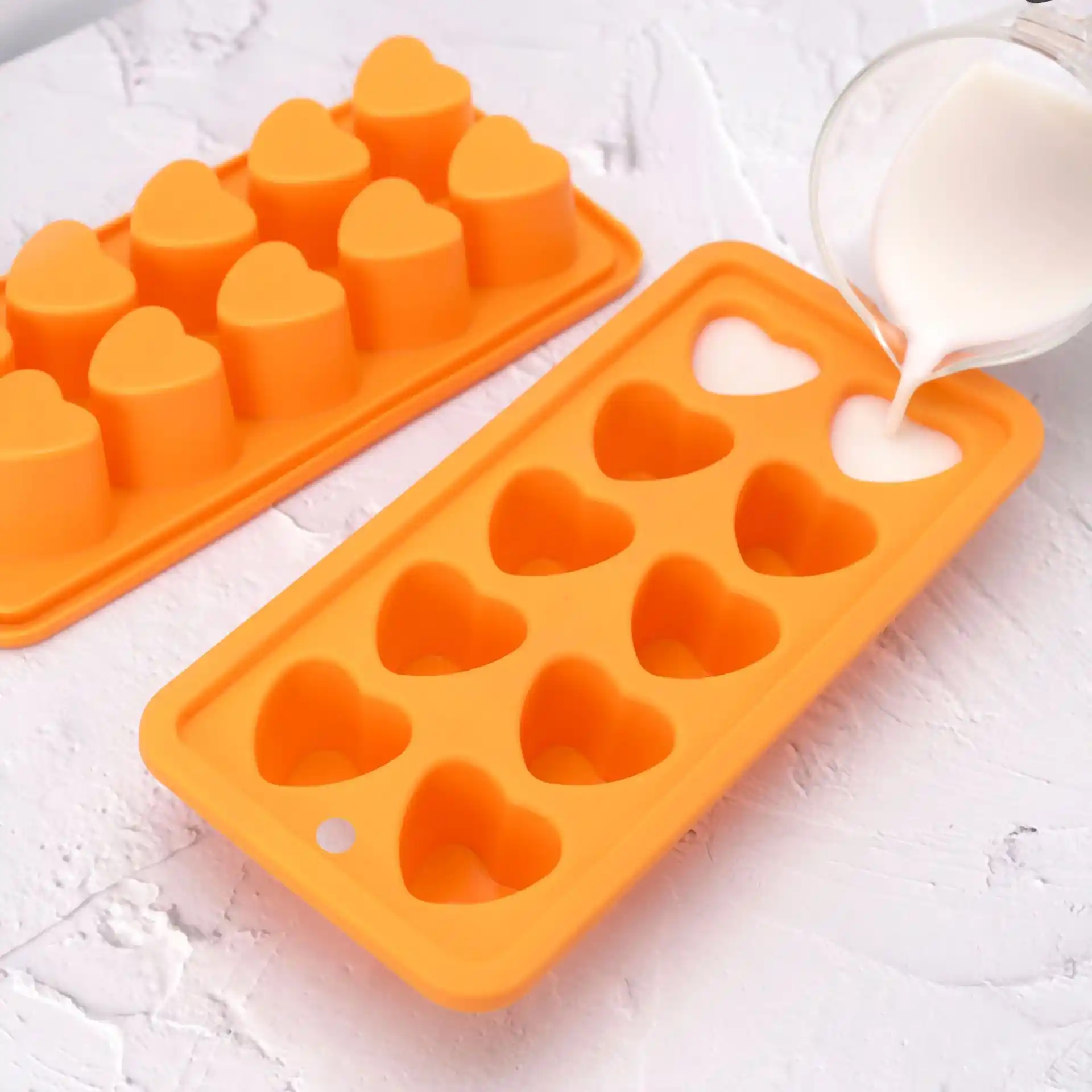Food-grade silicone: Understanding its properties and uses
Nov 29,2024

Food Silicone: Understanding Its Characteristics and Uses
In daily life, food silicone, as an important food additive and packaging material, is gradually coming into our view. With its unique physicochemical properties, it plays an indispensable role in the food industry. This article will detail the characteristics, classification, safety, and wide applications of food silicone, helping readers gain a more comprehensive understanding of this important material.
I. Basic Concept of Food Silicone
Food silicone, as the name suggests, is a silicone material that can be used in the food field. Silicone, also known as silica gel, is a highly active adsorbent material, usually produced by the reaction of sodium silicate and sulfuric acid, followed by a series of post-treatment processes such as aging and acid soaking. Food silicone is non-toxic and tasteless, chemically stable, insoluble in water and any solvents, and harmless to the human body. Therefore, it is widely used in food contact materials, such as food packaging and food additives.
II. Characteristics of Food Silicone
Food silicone has various unique physicochemical properties that make it a preferred material in the food industry.
1. High Temperature Stability: Food silicone can maintain stable performance in a temperature range of -60℃ to 250℃, without deforming or releasing harmful substances due to temperature changes. This characteristic makes it widely applicable in food processing such as baking, steaming, and freezing.
2. Excellent Adsorption: Food silicone has a strong adsorption capacity, able to absorb odors, pigments, and some harmful substances from food, improving the purity and taste of the food.
3. Good Chemical Stability: Food silicone remains stable in acidic, alkaline, and saline environments, without reacting chemically with components in food, ensuring the original flavor and nutritional value of the food.
4. Non-toxic and Harmless: Food silicone has undergone strict toxicity testing, proving it to be harmless to the human body and safe for use in food contact materials.
III. Classification of Food Silicone
According to different uses and forms, food silicone can be classified into various types.
1. Food-grade Silicone Additives: Mainly used to improve the texture, taste, and stability of food. For example, silicone as a food thickener can increase the thickness and stability of food, preventing separation or sedimentation.
2. Food Packaging Silicone: Used to manufacture food packaging materials, such as silicone sealing pads, silicone bottle caps, etc. These materials have good sealing and temperature resistance, effectively protecting the freshness and safety of food.
3. Food-grade Silicone Tubes: Used for transporting food or food ingredients, such as silicone straws, silicone transport tubes, etc. These tube materials are non-toxic and tasteless, and will not contaminate the food.
IV. Safety of Food Silicone
The safety of food silicone is a focus of consumer concern. In fact, the application of food silicone in the food industry has been widely recognized, and its safety has been fully validated.
1. Regulatory Support: The use of food silicone must comply with food safety regulations in various countries and regions. In the EU, the USA, and China, food silicone has been listed as an allowed food additive and packaging material.
2. Toxicity Testing: Food silicone must undergo strict toxicity testing during production, including acute toxicity tests, sub-chronic toxicity tests, and teratogenicity tests, to ensure it is harmless to the human body.
3. Migration Testing: Food silicone must undergo migration testing during use to assess its migration amount and rate in food. Through migration testing, it can be ensured that the residual amount of food silicone in food is within a safe range.
V. Applications of Food Silicone in the Food Industry
Food silicone has a wide range of applications in the food industry, covering various aspects such as food processing, packaging, and storage.
1. Food Processing: Food silicone, as a food additive, can be used to improve the texture, taste, and stability of food. For example, silicone as an emulsifier can make the oil-water mixture in food more uniform and stable; as a stabilizer, it can prevent food from separating or sedimenting during processing.
2. Food Packaging: Food silicone is used to manufacture various food packaging materials, such as silicone sealing pads, silicone bottle caps, silicone straws, etc. These materials have good sealing, temperature resistance, and corrosion resistance, effectively protecting the freshness and safety of food.
3. Food Storage: Food silicone can also be used in the manufacture of food storage containers and transport pipelines. These container and pipeline materials are non-toxic and tasteless, and will not contaminate the food, ensuring the safety and hygiene of food during storage and transportation.
In summary, food silicone plays an important role in the food industry with its unique physicochemical properties and wide application areas. With the continuous advancement of technology and the increasing demands for food safety, the application prospects of food silicone will be even broader.
NEXT:

















